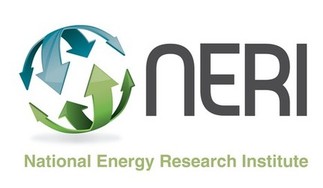VR, AR and Telepresence
PanoVC mobile app.
Image capture (Left). Distant user receives images and builds panoramic composite (Mid). Both users can independently view giving feeling of "being there" (Right). Photo Otago University.

Telepresence is a potential low cost, low energy, time efficient substitute for transport. It has particular relevance to New Zealand because of our relative global isolation. Its simpler forms such as Skype and other video calling technologies are replacing telephony for meetings and are becoming increasingly popular as a way to transact international business from New Zealand.
However these systems are still limited in terms of substituting for a truly immersive experience akin to physical presence. VR and AR research is making significant advances in the platform technologies to support improve telepresence. 3D and haptic VR and AR interfaces are becoming available, and the potential to move beyond sight, sound and touch, into taste and smell is being researched. Real time interactions using these tools are becoming possible but the potential is only just being explored.
In New Zealand much of this research is being driven by creative applications, with multidisciplinary approaches covering the creative arts, human factors and ICT. Colab at AUT brings together these disciplines and has within it a number of labs that are used for both research and development in the various underpinning technologies, particularly: 3-D printing; motion capture; games and play; and sentience. These facilities and their associated research are developing significant capabilities in the underpinnings of telepresence. Alongside these groups the AUT Data Science Research Group undertakes research into real time analysis of data streams that arrive with high speed, high data volume and in a variety of data formats. This is typical of what is required for real time immersive interactions at a distance.
The Otago University Human Computer Interaction research group are working to more directly apply these techniques to real time interactions at a distance. Recent Otago research projects have involved developing a low-cost solution to mixed reality, and PanoVC (illustrated above), designed to give a sense of spatial and social presence using mobile phones.
The AUT Knowledge Engineering and Discovery Research Institute and VUW's Human-Computer Interaction Group are also both active in areas of visualisation.
Within the New Zealand business sector there are numerous companies working on the application of VR and AR to entertainment and gaming, and these are world class. However the numbers involved in real-time broadcast and interactive experiences are more limited.
So while New Zealand has significant capability in the underpinning technologies for telepresence, using these for transport substitution is underdeveloped. Expansion of our research and business capabilities into this area is a significant opportunity.
